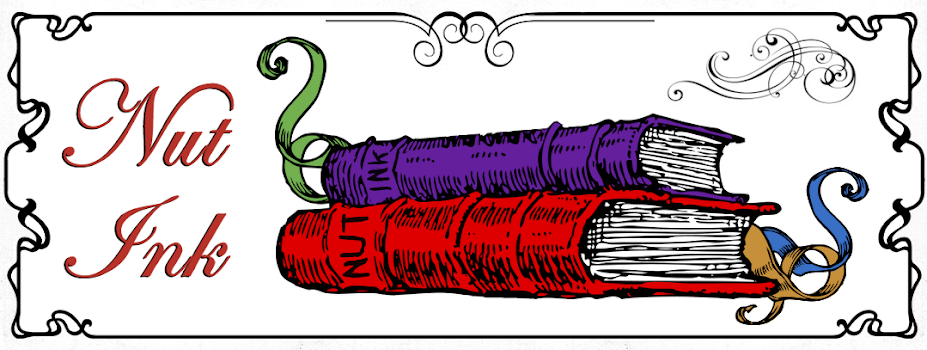'They could give a number of reasons for why they had to torment him; he was too fat, too ugly, too disgusting. But the real problem was simply that he existed, and every reminder of his existence was a crime.'
Lindqvist has been described as ‘the new Stephen King’ in the press. It quickly lets you know that you're getting a well-written horror novel but it isn't just a lazy journo way of getting an idea across, because he really does write like King. His character development, his plotting and his reliance on the reader to fully invest in the magic realism of the world are uncannily similar. He also has almost identical failings as King: the awkward wording at the end that ruins an otherwise perfect paragraph of prose, the over-indulgence, the pop culture references that date the work, etc. They're all here.
The biggest difference between the two, at least with this novel, is that Lindqvist doesn't give the reader anyone to like.
Firstly, there’s young Oskar, the school bully's favourite punching bag. Ordinarily it would be he that receives our sympathies but his vivid imagination and morbid fascination with death keep him just outside the realm of likeable.
Next, there’s Eli, the girl next door. Is she the one? She’s as much a victim as Oskar. She has some likeable and noble traits but she exists in another world.
Then there’s Eli’s adult protector but it's certainly not he, for reasons I can’t expand upon in this review. In fact, all of the adults are selfish and flawed in some way; there’ll be no parent of the year awards given out to any of them.
I feel I should give a warning before you even consider picking up the book: there’s some graphic sexual content that most readers will find offensive, both morally and ethically. If you don’t get offended then you've got serious, serious problems. Parts of it make for very uncomfortable reading.
Elsewhere, there are some equally graphic horror moments that are so well described, so beautifully depicted, that you may even be reeling back from the page as you read. They really are magnificent in a grotesque way.
The ending is abrupt. It makes sense within the context of the story but it’s almost as if Lindqvist thought, I guess I’d better end this now, it’s gone on long enough. He subsequently wrote a short story that you can find in the collection Let the Old Dreams Die (2012) to document what happened afterwards, and to clarify his intentions because they’re unclear and open to interpretation.
4 complex puzzles out of 5



